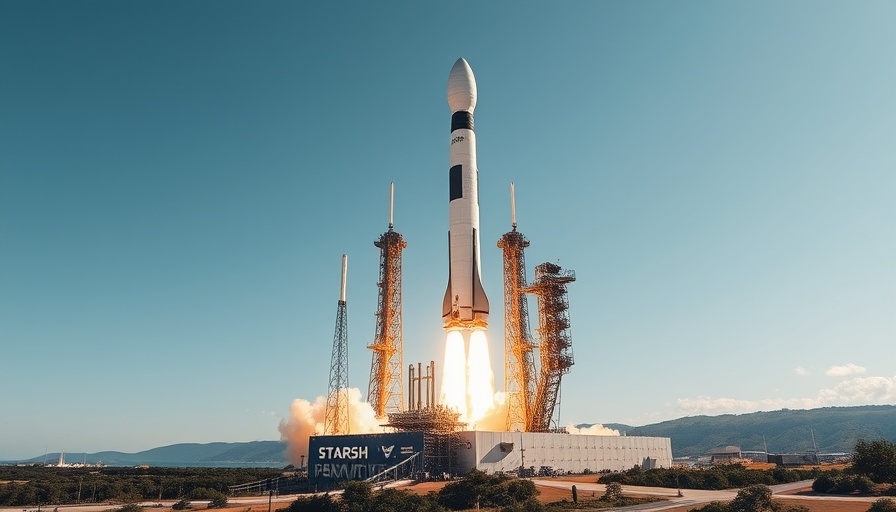
A Defining Moment for SpaceX’s Starship Program
As SpaceX prepares for another monumental flight of its Starship from South Texas, the stakes are higher than ever. This flight comes after a series of challenges that have put the company's resolve and engineering capabilities to the test. The previous flight, marked by significant failures, saw the upper stage of the rocket disintegrate during reentry, while the booster experienced a catastrophic failure during its landing burn.
The FAA’s closing of its investigations into these incidents clears a path for what many consider a crucial retry. With Elon Musk's vision for rapid, reliable space travel firmly attached to the success of Starship, this next flight serves not just as a test of hardware but an assessment of SpaceX’s learning curve. Following the infamous mantra of 'build-fly-fix-repeat', this mission promises valuable insights that could enhance their design and identify weaknesses in the technology.
The Financial Stakes of Space Exploration
Financially, SpaceX has demonstrated considerable investment in the Starship program, totaling more than $7.5 billion to date. With plans to inject an additional $1.8 billion into establishing launchpads at Kennedy Space Center and Cape Canaveral, the business implications are enormous. The continued investment underscores the risk and potential scale of rewards for SpaceX as it positions itself as a leader in commercial spaceflight.
This growing financial commitment also reflects a competitive urge to capture both governmental payloads, such as those from NASA, and commercial missions, which are critical for SpaceX's profitability in the coming years. The outcome of the upcoming flight could heavily influence investor confidence and future contracts.
Technology Innovations and Challenges
The advancements in reusable rocket technology have placed SpaceX at the forefront of aerospace innovation. The success of re-flying boosters signifies a monumental leap towards cost-effective space travel. Yet, with the dual challenges of reusability and safety, executives must navigate the complex terrain of federal regulations, public scrutiny, and technical setbacks.
As demonstrated in the turbulent history of SpaceX's recent attempts, skepticism remains around how soon a reliable version of Starship can commence regular missions. The challenge will be to guarantee safe landings for the upper stage, critical for the ambitious goal of reuse.
Broader Impacts on the Space Industry
SpaceX’s journey has broad ramifications for the entire aerospace industry. As it pushes boundaries, the company invites comparisons with other major players in the sector. The strategies SpaceX deploys, both successful and unsuccessful, often resonate through discussions in technology news today, prompting competitors to evolve their tactics.
Moreover, the implications for the sustainability of space operations are significant. The ultimate goal of reducing the cost of access to space could democratize opportunities in space research, satellite deployment, and lunar exploration, particularly in a climate where multiple nations and corporations are vying for a stake in the cosmic frontier.
The Path Forward: Lessons Learned
With every setback comes an opportunity for learning. SpaceX must integrate lessons from their past failures into their operational and design practices. The ongoing evolution of the Starship program exemplifies an iterative design process that's essential for innovation. Dare we say, as they face challenges, they build resilience—a quality the tech industry admires and necessitates for long-term sustainability.
The tech world watches closely: what insights will the next chapter of Starship's story reveal? Each upcoming flight not just tests hardware, but also brings forth critical questions about technology’s role in shaping our future—whether in space or Earth-bound concerns.
Conclusion: What Lies Ahead for SpaceX
As we await the next launch, the story of SpaceX’s Starship offers a case study in ambition, risk, and the relentless spirit of innovation that fuels technological advancement. Investors, competitors, and space enthusiasts will be eagerly watching to see if this mission can transform past failures into future successes.
Stay updated with the latest tech news as we keep tracking SpaceX's developments. It’s not just a flight; it’s the journey that could mold the future of space exploration as we know it.
 Add Row
Add Row  Add
Add 



Write A Comment